Preservation Austin prioritizes underrepresented heritage as our city changes.
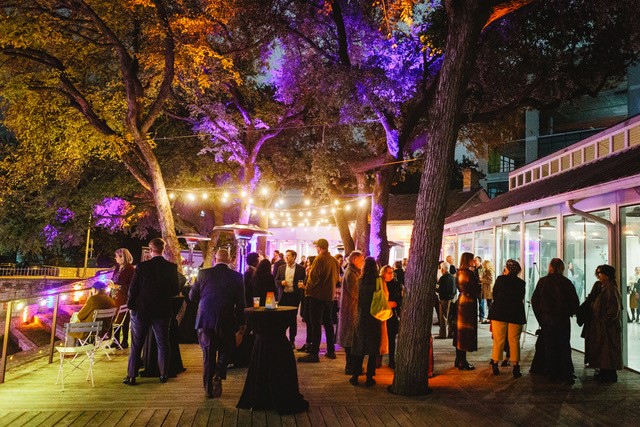
By Stacey Ingram Kaleh
As our city rapidly grows, four women at the helm of local nonprofit Preservation Austin are dedicated to advocating for the historic places that contribute to our authentic identity as a community—and they want to bring everyone into the conversation about what’s important to hold on to as Austin continues to change.
While saving historic buildings, sites, murals and other aspects of the city’s built environment is foundational to preservation work, the organization’s mission to empower all Austinites to shape a more inclusive, resilient and meaningful community culture goes beyond brick and mortar to tell the stories of the people who bring those places to life.
What we protect and preserve as a city has a direct correlation to whose stories are being told and who is represented in the larger narrative and history of Austin.
Preservation Austin was the first organization to pull together local, state and federal historic designation lists to do this math on whose history has been honored in our city to date. According to Executive Director Lindsey Derrington, “These imbalances reflect national imbalances. Austin isn’t any worse than any other place in America. But this data provides a starting point from which to make things right.”
Preservation Austin considers the protection of historic underrepresented heritage sites atop advocacy priority for the community. “We are a citywide nonprofit, and we really want to make sure that we serve all neighborhoods,” says Derrington. “We’re very intentional when it comes to diversity—racial, ethnic and generational. Both internally across our leadership and in our advocacy work and programs. We want everyone to see themselves reflected in our community.”

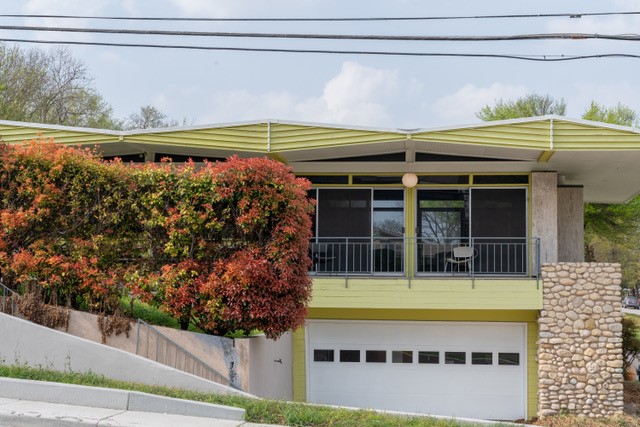
Since 2016, Preservation Austin has funneled more than $200,000 directly to neighborhood groups for home repairs, restoration projects, local historic designation initiatives and education and storytelling efforts that feature diverse perspectives through their grant program. Derrington says that while the grant amounts may seem small—ranging from $1,500 to $10,000—they are very meaningful.
Recent grant recipients have included homeowners in the Rogers-Washington-Holy Cross Historic District, Austin’s first historic district honoring Black heritage and the Guadalupe neighborhood in East Austin. Roberts Clinic on San Bernard Street, a small proprietary medical clinic built by Black physicians during a period of segregated medical practices. The Stolle-Sweatt House, which was once home to civil rights activist Heman Marion Sweatt. And media producer Karen Kocher for her animated documentary film Jump: Swim-ins at Barton Springs about the essential role of youth activism in the desegregation of Barton Springs. Preservation Austin grants have also supported larger organizations such as Huston-Tillotson University and the Paramount Theatre.
The nonprofit’s support for local communities goes beyond the dollar. A small but motivated team of staff, board members and volunteers works together to provide support to individuals and neighborhood groups by helping with research, sharing resources and meeting space, advocating for policies that support what they are hearing from communities about their needs and more.
“We’re asking communities that maybe haven’t received support what’s important to them and why,” explains Derrington. “Sometimes it’s community spaces or family homes.” She shares the story of a local woman who had long wanted to fix up her grandmother’s house and is now able to do so. “Sometimes there are places and stories that now only exist in people’s hearts and minds, and it’s important to celebrate those, too.”
For Preservation Austin, celebrating those stories comes in many forms. Neighborhood-specific initiative the East Austin Barrio Landmarks Project connected with community members to document significant Mexican American heritage sites in East Austin and Downtown and resulted in a self-guided bike tour, blog, five state historical marker applications and an in-depth guide to the Holly Street Murals.
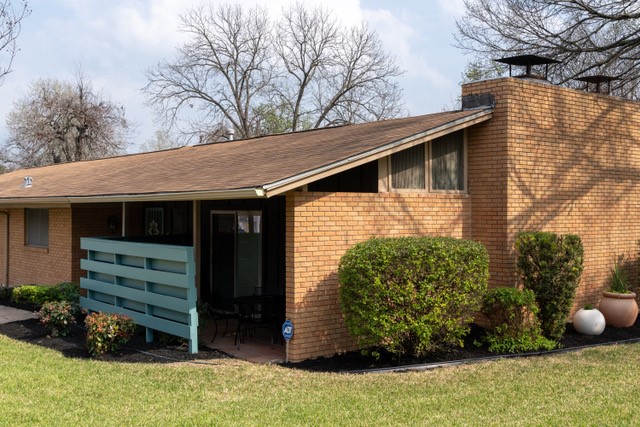
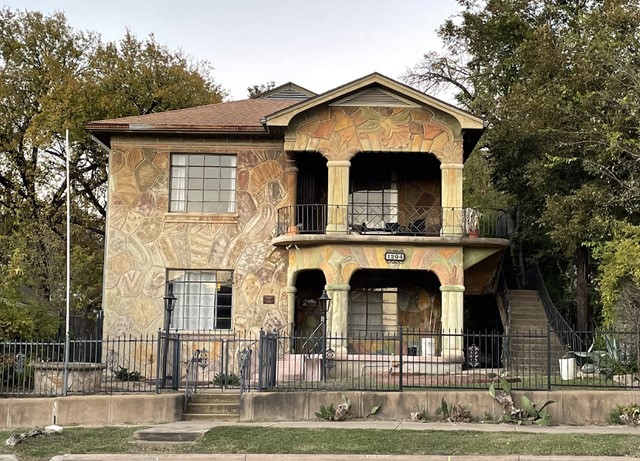
Citywide programs like the annual Homes Tour, which for 30 years has provided public tours of often privately owned spaces to give participants the opportunity to experience Austin’s unique and diverse built history firsthand. Launched this year, Preservation Austin’s Legacy Business Month asked Austinites to support businesses that have been serving the community for at least 20 years.
In the coming year, Preservation Austin plans to hire three interns to help conduct research and develop lists of the important community spaces and buildings that tell the story of transformative change led by women and LGBTQIA+ Austinites.
According to the National Trust for Historic Preservation, data shows that preservation and funding of historic areas can benefit women and minority-owned businesses and slow the effects of gentrification and displacement. Preservation Austin looks forward to using preservation as a tool to help our city grow thoughtfully and in a way that advances equity and agency. Derrington sees a big opportunity for Austin.
“Preservation can strengthen our community and our connection to community. It can be very empowering when we get to see ourselves reflected in the place where we live. Legacy businesses and historic neighborhoods…that’s what makes a really world-class city.”
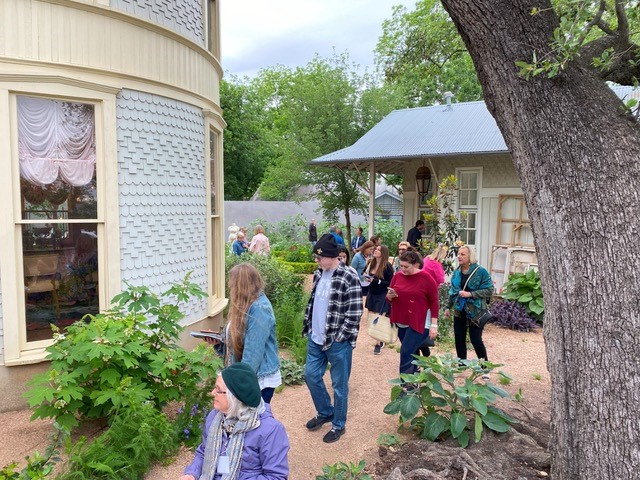
Anyone can help protect the places and stories that mean the most to them by becoming a Preservation Austin member, volunteering, making a donation and participating in advocacy efforts. Learn more
at preservationaustin.org.
When viewing the full picture, the story of Austin is diverse, rich and complex. Everyone has a story to tell about why they love to call this city home. It’s not hard to imagine that much of the love about the city exists thanks to those who lived here in Austin’s earliest days and were foundational in establishing the historic neighborhoods, legendary live music venues, iconic restaurants and celebrated traditions still making the city vibrant today. Each Austinite plays a role in supporting and carrying forward the places and stories that make Austin, Austin.
“For anyone who is concerned or heartbroken about the state of Austin, the pace of development and the closures and demolitions, supporting Preservation Austin is the best way to take action around those feelings and reclaim agency and help shape how we grow as a city.”

